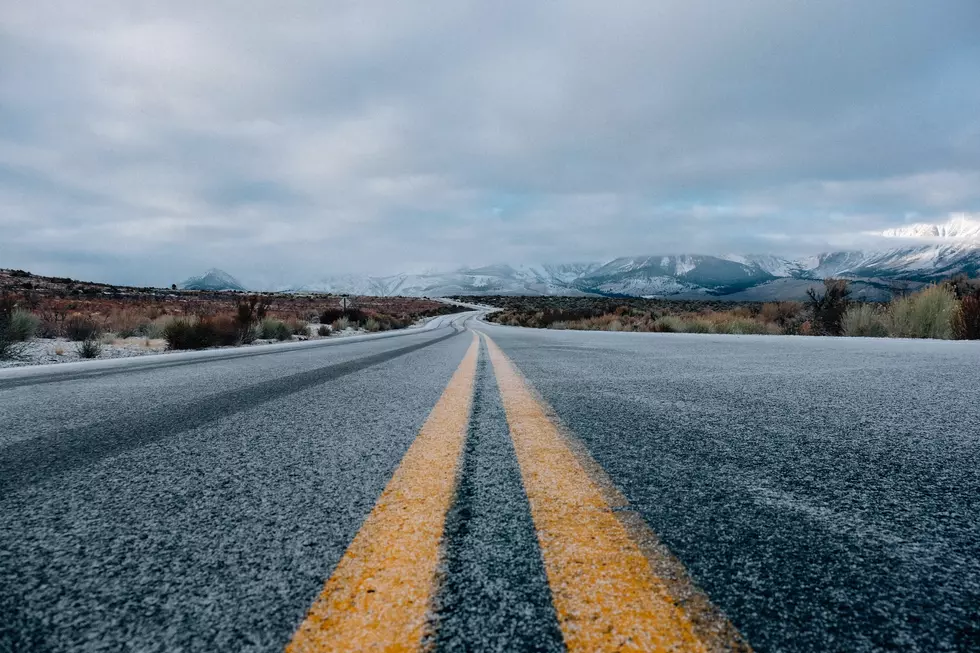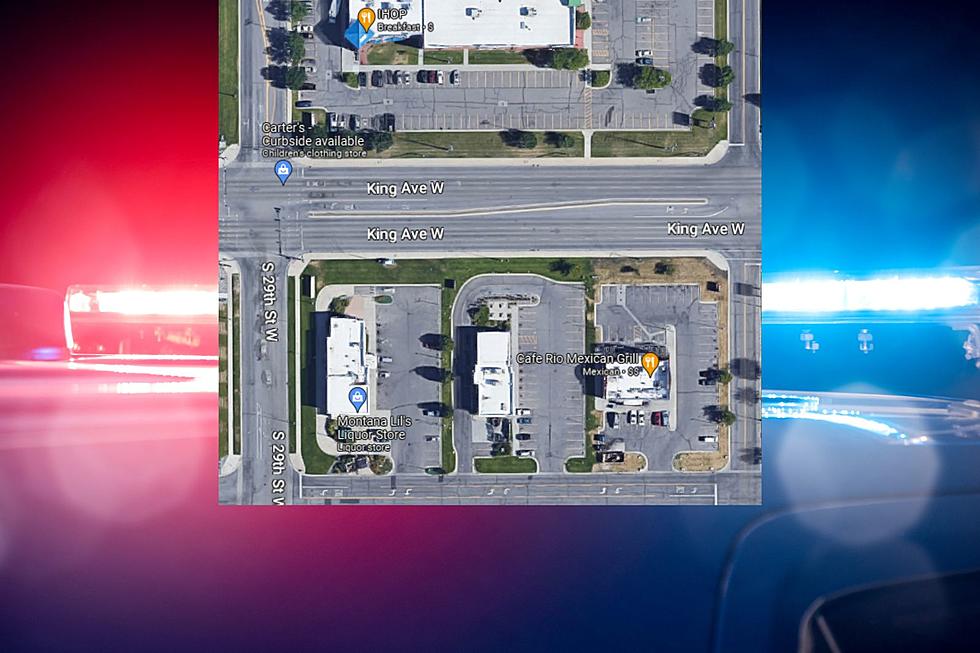
Fall Turns Into a Bitter Freezing Winter This Week in Billings
As the characters say in Game of Thrones, "winter is coming." Are you ready? Because we have a forecast featuring nearly an entire week of snow in the Billings area, as well as temperatures below freezing for the remainder of the week and the weekend. Allow me to rephrase the quote from before. Winter isn't coming, it's already here.
One to Two Inches of Snow Expected Tonight
According to the National Weather Service here in Billings, snow is scheduled to begin falling after 8 p.m. tonight (11/07), with more snow falling through tomorrow, Wednesday, and Thursday (11/08 - 11/10). Snowfall amounts through the week are estimated to be around 5 inches.
Along with the snow, the Billings area will experience temperatures at or below 30 degrees starting tomorrow and lasting into the weekend. The warmest day is Saturday (11/12) which is estimated to reach 30 degrees but still below freezing. It might be a good idea to warm up your car this week before you go anywhere; just make sure you don't leave it warming up too long.
Hazards on the Roads Remain Uncertain
As you should always do when there are winter weather conditions, monitor the weather closely and make sure you are driving safely and slowly on the roads. It is unclear if there's going to be a lot of wind and blowing snow, or where exactly the storm is going to travel. The best thing you can do is make a plan for the worst; that way, you're prepared for anything that could happen.

Are you excited about the return of snow in the Magic City? I definitely am not, because I know that there's going to be a lot of panic and accidents on the roads. Please drive safely out there this week, folks!
10 Helpful Montana Weather Terms You Need to Know
LOOK: The most expensive weather and climate disasters in recent decades
More From 103.7 The Hawk





